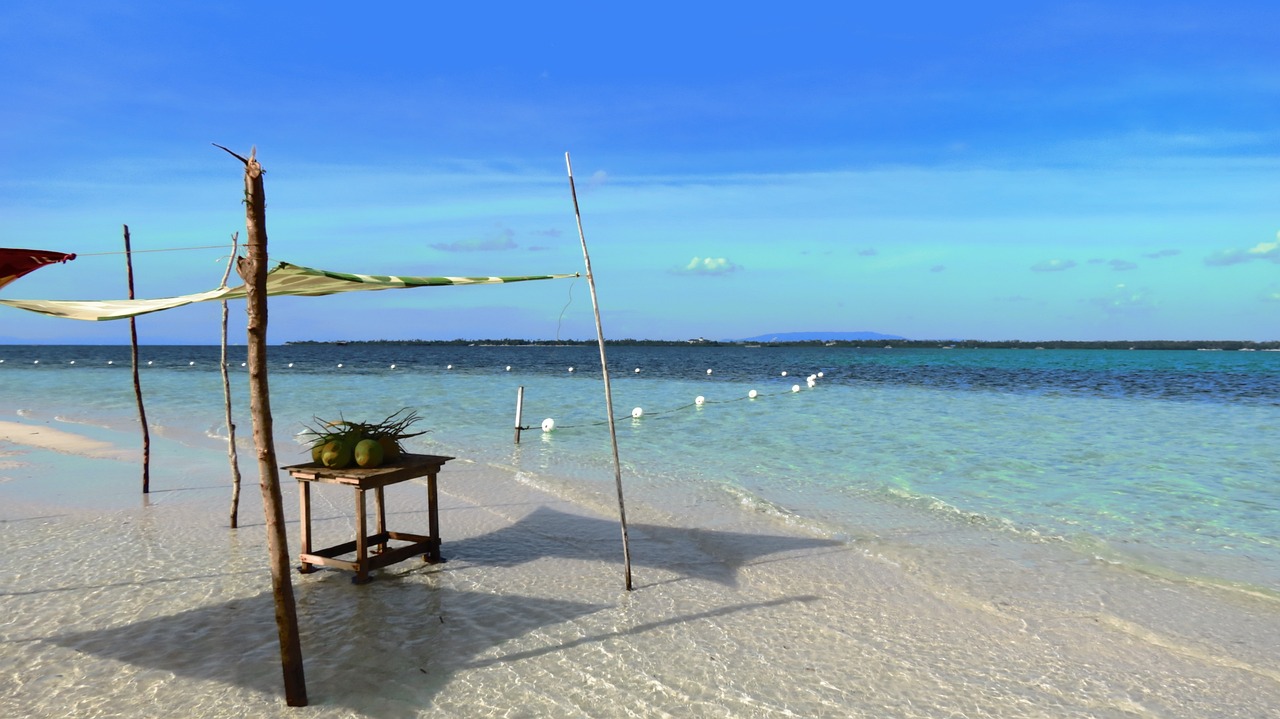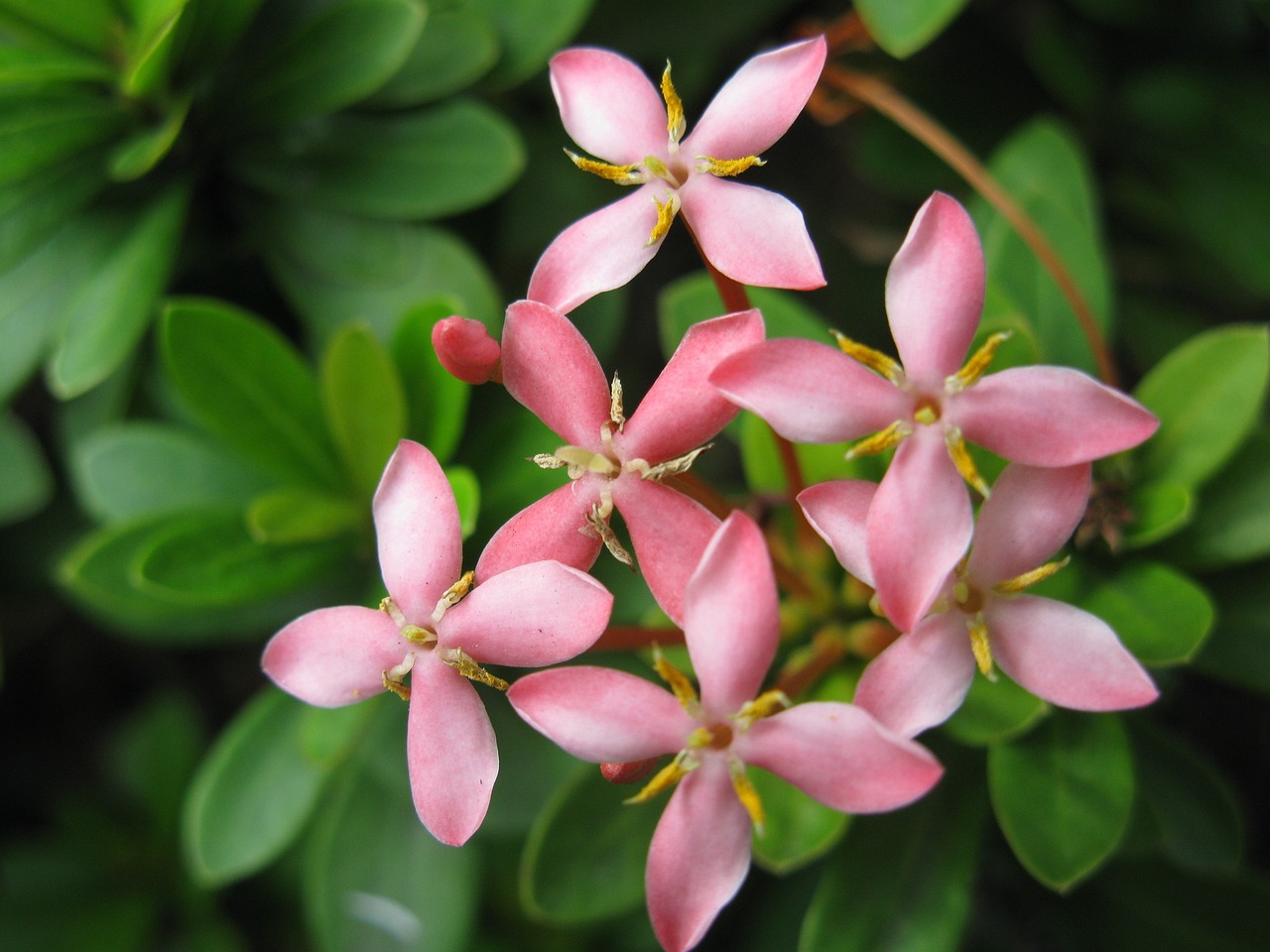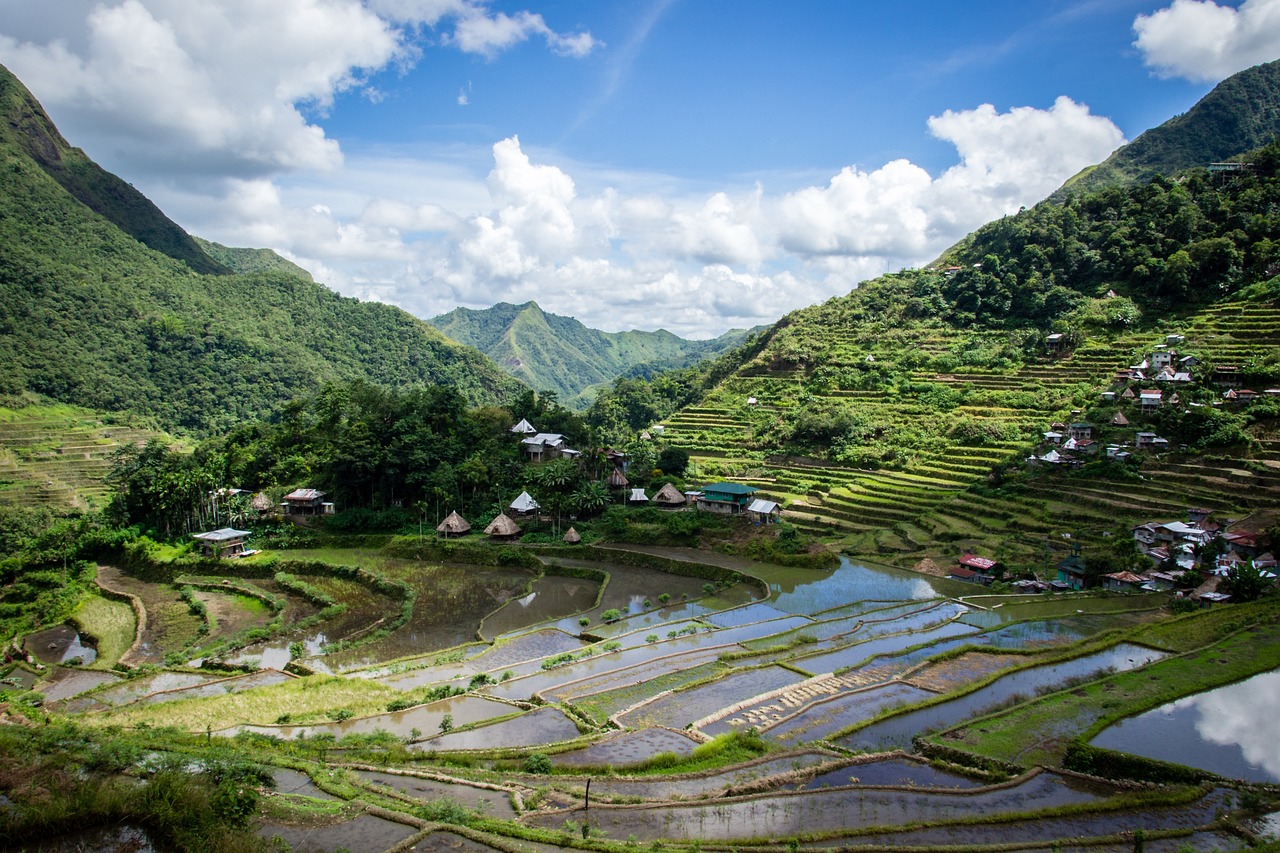Introduction
The Philippines is a tropical paradise located in Southeast Asia. It is known for its stunning beaches, vibrant culture, and warm hospitality. In recent years, it has become a popular destination for digital nomads and expats looking for an affordable and exciting place to live and work. With its affordable cost of living, beautiful landscapes, and friendly locals, the Philippines offers a unique experience for those seeking adventure and a change of scenery.
Philippines For Digital Nomads
The Philippines has emerged as a top destination for digital nomads due to its affordable cost of living and reliable internet connection. The major cities, such as Manila and Cebu, offer coworking spaces and cafes with high-speed internet, making it easy for digital nomads to work remotely. Additionally, the Philippines has a growing community of freelancers and entrepreneurs, providing opportunities for networking and collaboration.
- Coworking Spaces: The Philippines has a number of coworking spaces that cater to the needs of digital nomads. These spaces offer comfortable workstations, high-speed internet, and a conducive environment for productivity. Some popular coworking spaces include Accepoint and Spaces.
- Cafes with Wi-Fi: Many cafes in the Philippines offer free Wi-Fi, making them ideal workspaces for digital nomads. Some popular cafes with reliable internet include Starbucks and The Coffee Bean & Tea Leaf.
- Digital Nomad Communities: The Philippines has a thriving digital nomad community, with regular meetups and events. Joining these communities can provide valuable networking opportunities and a chance to connect with like-minded individuals. Some popular digital nomad communities include Digital Nomads Philippines and Digital Nomads Philippines Meetup.
Philippines Image 1: 
Philippines Climate
The Philippines has a tropical climate, characterized by high temperatures and humidity throughout the year. There are two main seasons in the country: the dry season and the wet season. The dry season, which runs from November to April, is the best time to visit as the weather is generally sunny and rain is minimal. The wet season, which starts in May and ends in October, brings heavy rainfall and occasional typhoons.
- Dry Season: The dry season is the peak tourist season in the Philippines. During this time, the weather is hot and dry, with temperatures ranging from 25 to 32 degrees Celsius (77 to 90 degrees Fahrenheit). It is the perfect time to explore the beautiful beaches and indulge in outdoor activities.
- Wet Season: The wet season in the Philippines is characterized by frequent rain showers and occasional typhoons. While the rain can be heavy at times, it usually doesn’t last all day. It’s important to note that some tourist destinations may have limited accessibility or activities during this season.
Philippines Image 2: 
Philippines Expat Communities
The Philippines is home to a large and diverse expat community. Expats from all over the world have chosen to make the Philippines their home due to its affordable cost of living, beautiful scenery, and warm climate. There are expat communities in major cities such as Manila and Cebu, as well as in popular tourist destinations like Boracay and Palawan.
- Manila: Manila, the capital city of the Philippines, has a vibrant expat community. Many expats choose to live in areas such as Makati and Bonifacio Global City, which offer modern amenities and a cosmopolitan lifestyle.
- Cebu: Cebu is another popular destination for expats, known for its beautiful beaches and laid-back lifestyle. The city has a growing expat community and offers a range of amenities and services.
- Boracay: Boracay, a small island in the Philippines, is famous for its white sandy beaches and crystal-clear waters. It attracts expats who are looking for a tropical paradise to call home.
Philippines Image 3: 
Living As An Expat In Philippines
Living as an expat in the Philippines offers a unique and enriching experience. The country’s low cost of living allows expats to enjoy a comfortable lifestyle without breaking the bank. The warm and friendly locals make it easy for expats to settle in and feel at home.
- Housing: The cost of housing in the Philippines varies depending on the location. In major cities like Manila and Cebu, expats can find a range of housing options, from apartments to houses. Rental prices are generally affordable, especially outside of the city center.
- Healthcare: The Philippines has a mix of public and private healthcare facilities. Expats can choose to access the public healthcare system, which is affordable but may have limited resources, or opt for private healthcare, which offers better facilities and services.
- Transportation: Getting around in the Philippines is relatively easy and affordable. Major cities have a range of transportation options, including taxis, buses, and tricycles. Expats can also use ride-sharing services like Grab for convenient and reliable transportation.
Philippines Cost Of Living
The cost of living in the Philippines is significantly lower compared to many Western countries. This makes it an attractive destination for digital nomads and expats looking to live comfortably on a budget. The cost of living can vary depending on the location and lifestyle choices, but overall, it is possible to live a good quality of life in the Philippines at a fraction of the cost.
- Accommodation: The cost of accommodation in the Philippines is relatively affordable, especially outside of major cities. Renting a one-bedroom apartment in a city center can cost around 20,000 to 30,000 PHP ($400 to $600) per month, while a similar apartment outside of the city center can cost around 10,000 to 20,000 PHP ($200 to $400) per month.
- Food: Eating out in the Philippines is inexpensive, especially if you opt for local street food or small eateries. A meal at a local restaurant can cost around 100 to 200 PHP ($2 to $4), while a meal at a mid-range restaurant can cost around 300 to 500 PHP ($6 to $10).
- Transportation: Public transportation in the Philippines is affordable. A one-way ticket on public transport can cost around 10 to 20 PHP ($0.20 to $0.40), while a taxi ride within the city can cost around 100 to 200 PHP ($2 to $4).
- Utilities: The cost of utilities such as electricity, water, and internet can vary depending on usage. On average, monthly utility bills can amount to around 3,000 to 5,000 PHP ($60 to $100).
Philippines Visas For Digital Nomads
The Philippines offers several visa options for digital nomads and long-term visitors. It is important to note that visa regulations can change, so it is always advisable to check with the Philippine Embassy or Consulate in your home country for the most up-to-date information. Here are some common visa options for digital nomads:
- Visitor Visa: Digital nomads can enter the Philippines on a visitor visa, which allows them to stay in the country for up to 59 days. This visa can be extended for an additional 29 days.
- Special Resident Retiree’s Visa (SRRV): The SRRV is a long-term visa option for retirees and individuals who want to stay in the Philippines long-term. It offers multiple entry privileges and other benefits.
- Working Visa: If you plan to work for a company in the Philippines, you will need to obtain a working visa. This visa is usually sponsored by the employer and requires certain documentation and permits.
Philippines Transportation
Getting around in the Philippines is relatively easy, thanks to its extensive transportation network. The country has a variety of transportation options, including buses, taxis, tricycles, and ride-sharing services.
- Buses: Buses are a popular mode of transportation for long-distance travel between cities and provinces in the Philippines. There are both air-conditioned and non-air-conditioned buses available, offering different levels of comfort.
- Taxis: Taxis are readily available in major cities like Manila and Cebu. They are a convenient way to get around the city, especially for short distances. It is advisable to use metered taxis or negotiate the fare before starting the journey.
- Tricycles: Tricycles are a common mode of transportation in smaller towns and rural areas. They are motorized tricycles with a sidecar attached, accommodating a few passengers at a time.
- Ride-Sharing Services: Ride-sharing services like Grab are available in major cities in the Philippines. They offer a convenient and reliable way to get around, with the option to book a car or a motorcycle taxi.
Philippines Airports
The Philippines has several international airports that serve as gateways to different parts of the country. The main international airports are located in Manila, Cebu, and Clark. These airports offer both domestic and international flights, connecting the Philippines to various destinations around the world.
- Ninoy Aquino International Airport (MNL): Located in Manila, Ninoy Aquino International Airport is the busiest airport in the Philippines. It serves as the main international gateway to the country, with numerous airlines offering flights to and from major cities worldwide.
- Mactan-Cebu International Airport (CEB): Mactan-Cebu International Airport is the second busiest airport in the Philippines. It serves as the main international gateway to the Visayas region, with direct flights to and from various destinations in Asia.
- Clark International Airport (CRK): Located in Pampanga, Clark International Airport is an alternative gateway to Manila. It offers both domestic and international flights, with a focus on low-cost carriers.
Facts About Philippines
- Archipelago: The Philippines is an archipelago consisting of 7,641 islands, making it the second-largest archipelago in the world.
- Languages: Filipino and English are the official languages of the Philippines. English is widely spoken and understood throughout the country.
- Currency: The currency of the Philippines is the Philippine Peso (PHP).
- Religion: The majority of Filipinos are Roman Catholic, with Catholicism being the predominant religion in the country.
- Cultural Diversity: The Philippines is known for its cultural diversity, with influences from Malay, Spanish, Chinese, and American cultures.
Fun Things To Do In Philippines
The Philippines offers a wide range of activities and attractions for visitors to enjoy. From exploring pristine beaches to immersing in vibrant festivals, there is something for everyone in this tropical paradise.
- Island Hopping: The Philippines is home to some of the most beautiful islands in the world. Island hopping tours allow visitors to discover the stunning beaches, crystal-clear waters, and vibrant marine life.
- Scuba Diving and Snorkeling: With its rich marine biodiversity, the Philippines is a paradise for scuba diving and snorkeling enthusiasts. Popular dive spots include Tubbataha Reefs Natural Park and Apo Reef Natural Park.
- Visit UNESCO World Heritage Sites: The Philippines is home to several UNESCO World Heritage Sites, including the historic town of Vigan, the Tubbataha Reefs Natural Park, and the Puerto Princesa Subterranean River National Park.
- Experience Local Festivals: The Philippines is known for its colorful and lively festivals. From the Ati-Atihan Festival in Kalibo to the Sinulog Festival in Cebu, visitors can witness the vibrant culture and traditions of the Filipino people.
Popular Philippines Tourist Attractions
The Philippines is blessed with natural wonders and cultural landmarks that attract tourists from around the world. Here are some popular tourist attractions in the country:
- Boracay: Known for its powdery white sand beaches and turquoise waters, Boracay is a top destination for beach lovers and water sports enthusiasts.
- Palawan: Palawan is home to the stunning El Nido and Coron, known for their pristine beaches, crystal-clear lagoons, and breathtaking limestone cliffs.
- Chocolate Hills: Located in Bohol, the Chocolate Hills are a unique geological formation consisting of thousands of cone-shaped hills that turn brown during the dry season, resembling chocolate kisses.
- Banaue Rice Terraces: The Banaue Rice Terraces in Ifugao are ancient man-made terraces carved into the mountainside. They are considered a UNESCO World Heritage Site and are often referred to as the “Eighth Wonder of the World.”
Philippines Cities
The Philippines is home to vibrant cities that offer a mix of modern amenities and cultural experiences. Here are some popular cities in the Philippines:
- Manila: Manila is the capital city of the Philippines and a bustling metropolis. It offers a vibrant nightlife, historical landmarks, and a diverse culinary scene.
- Cebu City: Cebu City is the second-largest city in the Philippines and a major economic hub. It is known for its rich history, beautiful beaches, and lively festivals.
- Davao City: Davao City is located in the southern part of the Philippines and is known for its strict adherence to safety and cleanliness. It offers a mix of urban attractions and natural wonders.
Philippines Internet Speed and Accessibility
The Philippines has made significant improvements in internet speed and accessibility in recent years. While it may not be as fast as some other countries, internet connectivity is generally reliable in urban areas and major cities.
- Internet Speed: The average internet speed in the Philippines is around 25 Mbps. However, speeds can vary depending on the location and service provider.
- Internet Providers: Some of the major internet service providers in the Philippines include PLDT, Globe, and Converge. These providers offer various internet plans to cater to different needs and budgets.
- Wi-Fi Availability: Wi-Fi is widely available in cafes, restaurants, hotels, and shopping malls in urban areas. Many establishments offer free Wi-Fi, making it convenient for digital nomads and expats to stay connected.
Philippines Accommodation
The Philippines offers a wide range of accommodation options to suit different preferences and budgets. From luxury hotels to budget-friendly guesthouses, there is something for everyone.
Popular Philippines Hotels
- Shangri-La’s Boracay Resort and Spa: Located in Boracay, this luxury resort offers stunning views of the beach, world-class amenities, and top-notch service.
- The Peninsula Manila: Situated in Makati, Manila, The Peninsula Manila is a five-star hotel known for its elegant rooms, exceptional dining options, and luxurious spa.
- Sofitel Philippine Plaza Manila: This iconic hotel in Manila offers a blend of French elegance and Filipino hospitality. It features spacious rooms, a beautiful pool, and multiple dining options.
Popular Philippines Vacation Rentals
- Airbnb: Airbnb offers a wide range of vacation rentals in the Philippines, from cozy apartments to beachfront villas. It is a popular choice for those looking for a home-away-from-home experience.
- Booking.com: Booking.com also offers a variety of vacation rentals in the Philippines, with options to suit different budgets and preferences.
- HomeAway: HomeAway is another platform that connects travelers with vacation rentals in the Philippines. It offers a range of properties, including apartments, houses, and beachfront cottages.
Popular Philippines Apartment Rentals
- Metro Manila: Metro Manila offers a wide range of apartment rentals, from studio units to spacious penthouses. Areas such as Makati, BGC, and Ortigas are popular choices for expats.
- Cebu City: Cebu City also has a variety of apartment rentals available, especially in areas like IT Park and Ayala Center. These apartments offer easy access to amenities and entertainment options.
- Palawan: In Palawan, apartment rentals can be found in popular tourist destinations like El Nido and Puerto Princesa. These apartments offer a comfortable and convenient base for exploring the island.
Philippines Food & Drink
Philippine cuisine is a fusion of various flavors and influences, including Malay, Spanish, Chinese, and American. From hearty stews to fresh seafood, there is a wide variety of dishes to try in the Philippines.
- Adobo: Adobo is a popular Filipino dish made with meat (usually pork or chicken) marinated in vinegar, soy sauce, garlic, and spices, then braised until tender. It is often served with rice.
- Sinigang: Sinigang is a sour soup made with tamarind or other souring agents, mixed with vegetables and meat or seafood. It is a comforting and flavorful dish.
- Lechon: Lechon is a whole roasted pig, often served as the centerpiece of festive occasions. The skin is crispy, while the meat is tender and flavorful.
Philippines Grocery Stores
When it comes to grocery shopping in the Philippines, there are several options available, ranging from local markets to large supermarkets.
- SM Supermarket: SM Supermarket is one of the largest supermarket chains in the Philippines. It offers a wide range of products, from fresh produce to imported goods.
- Rustan’s Supermarket: Rustan’s Supermarket is known for its high-quality products and extensive selection. It carries both local and international brands.
- Robinsons Supermarket: Robinsons Supermarket is a popular choice for budget-conscious shoppers. It offers affordable prices and a variety of products.
Conclusion
The Philippines is a vibrant and welcoming country that offers a unique experience for digital nomads and expats. With its affordable cost of living, stunning landscapes, and friendly locals, it is an ideal destination for those seeking adventure, a change of scenery, and a warm tropical climate. Whether it’s exploring pristine beaches, immersing in the local culture, or enjoying the delicious cuisine, the Philippines has something for everyone.
References
– gypsywarrior.com
– accepoint.com
– coworker.com
– starbucks.ph
– coffeebean.com.ph
– facebook.com
– meetup.com
– philippines.travel
– unesco.org
– airbnb.com
– booking.com
– homeaway.com
– smmarkets.ph
– rustansfresh.com
– robinsons-supermarket.com

